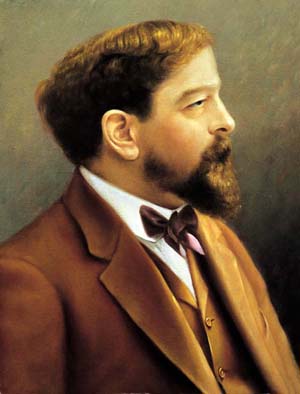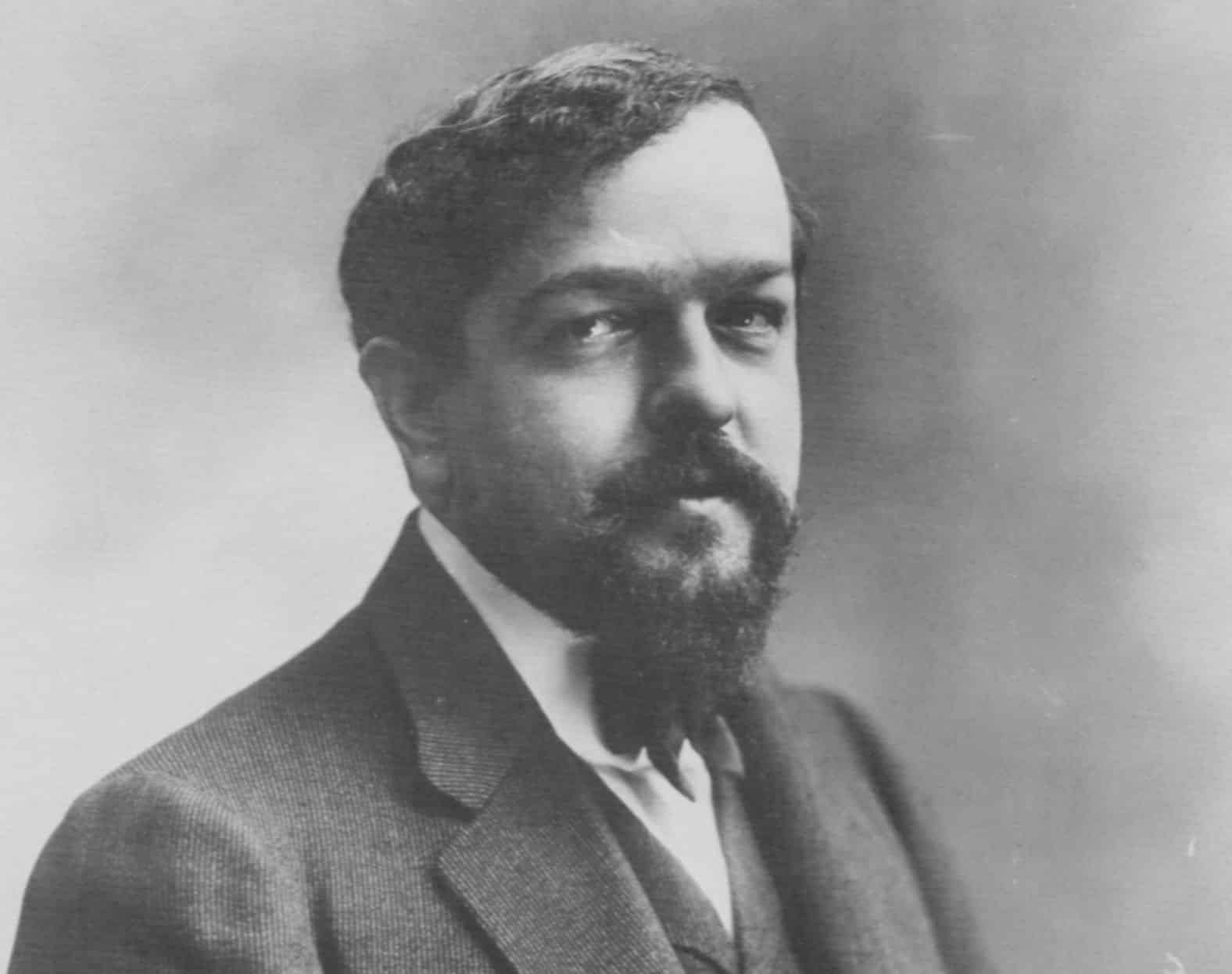Claude Debussy, one of the most influential composers of the late 19th and early 20th centuries, is renowned for his innovative approach to harmony, tone, and structure. Among his many celebrated works, Rêverie stands out as a delicate and evocative piano piece that beautifully encapsulates the dreamlike qualities characteristic of his style.
Origins and Composition
Rêverie (meaning “daydream” or “dreaming” in French) was composed around 1890, during Debussy’s early years as a composer. At the time, he was still shaping his distinctive musical voice, experimenting with harmonic colors and impressionistic textures. Unlike his later, more harmonically complex works such as Clair de Lune or Préludes, Rêverie is relatively simple in its structure and harmonic progressions.
Interestingly, Debussy himself was not particularly fond of this composition. He later remarked that it was “a rather poor piece,” implying that he considered it among his lesser works. However, despite the composer’s own reservations, Rêverie became widely admired and remains one of his most frequently performed piano compositions.
Musical Characteristics
Rêverie is a short, lyrical piece written for solo piano, featuring a gentle, flowing melody that is both soothing and introspective. The work is built upon dreamy arpeggios and delicate harmonic shifts that create an atmosphere of serenity and contemplation.
The piece exhibits some of the hallmarks of Debussy’s later impressionistic style, including:
- A fluid, non-traditional harmonic progression
- A soft and ethereal melodic line
- A sense of improvisation, as though the music unfolds naturally like a thought or a dream
Though simple in form, Rêverie is rich in emotional depth, making it a favorite among pianists and listeners alike.
Popularity and Legacy
Despite Debussy’s lukewarm opinion of the piece, Rêverie has endured as a beloved staple of the piano repertoire. Its accessibility makes it popular among both amateur and professional pianists, and it is frequently performed in concerts, recitals, and recordings.
The piece has also found a place in popular culture, appearing in films, television, and even advertisements. Its dreamlike quality makes it an ideal backdrop for scenes that evoke nostalgia, reflection, and quiet beauty.
Conclusion
Rêverie may not be considered one of Debussy’s most groundbreaking compositions, but its simplicity and emotional resonance have ensured its lasting appeal. It serves as an early glimpse into the composer’s evolving style and remains a testament to his ability to create deeply expressive music with minimal means. Whether performed as a meditative solo piece or enjoyed as a moment of tranquility, Rêverie continues to enchant listeners over a century after its composition.


Comments are closed